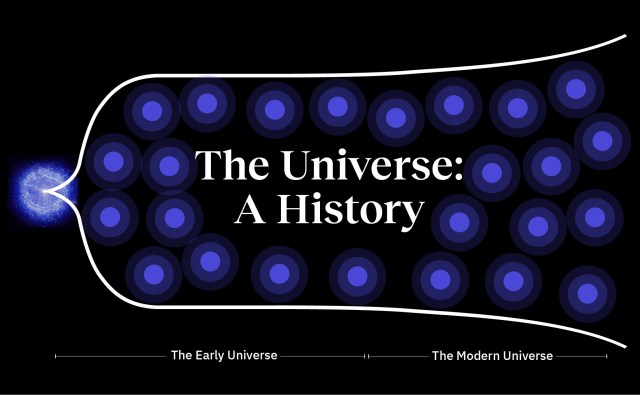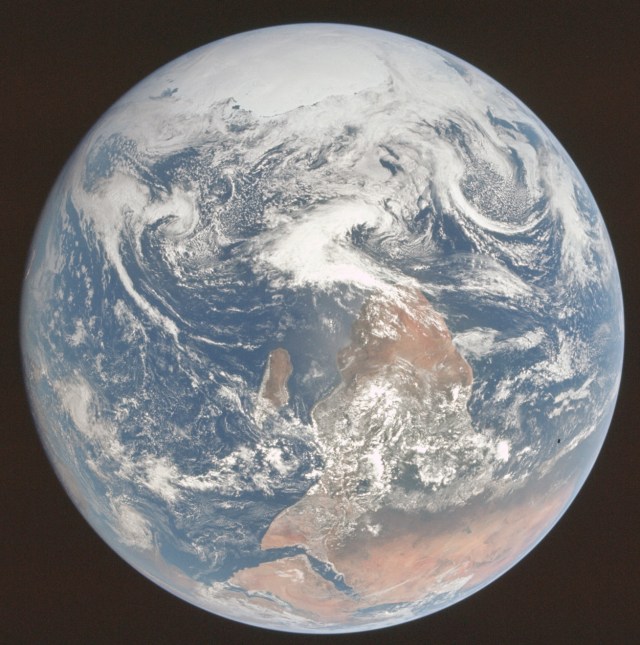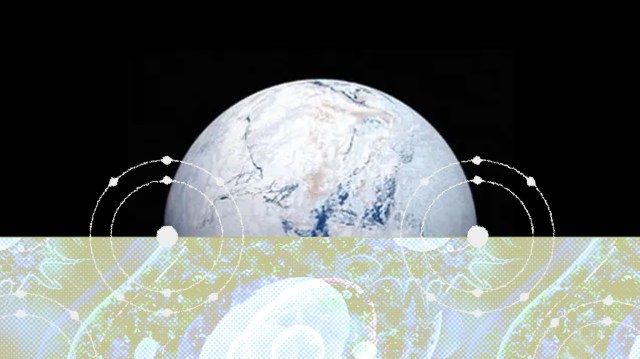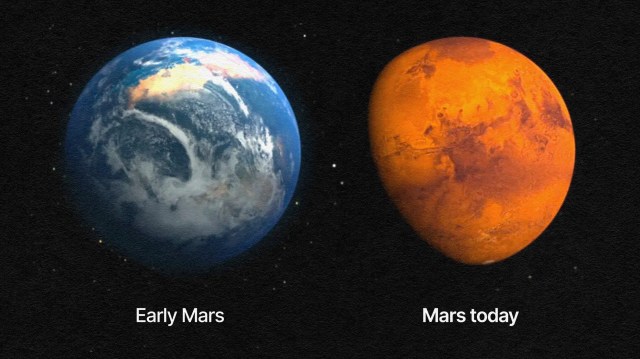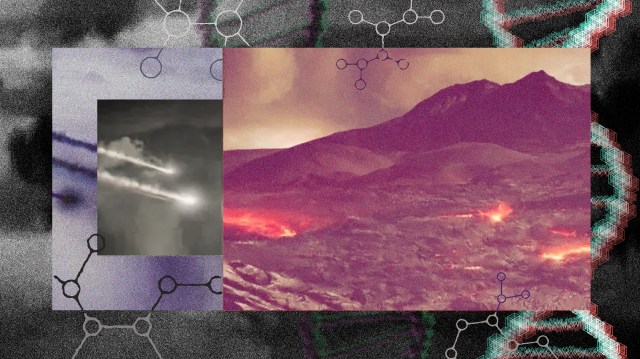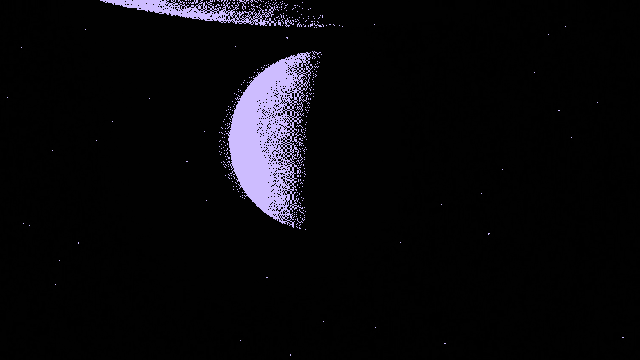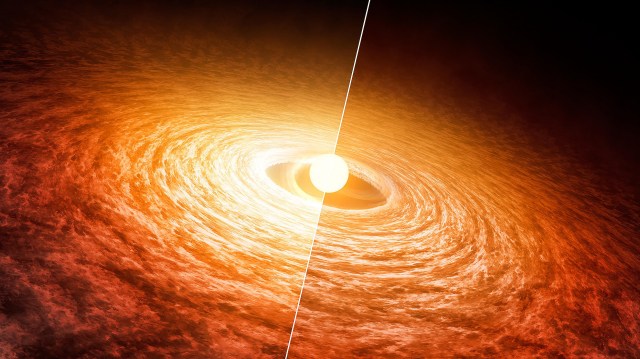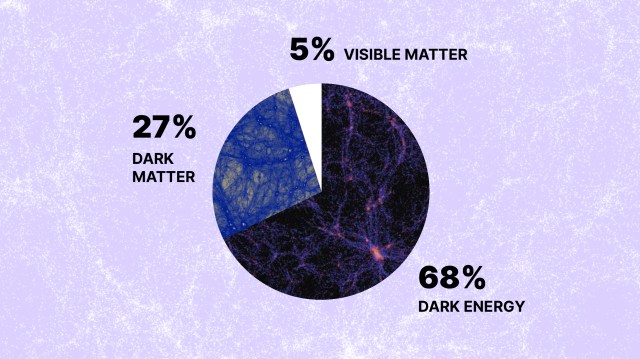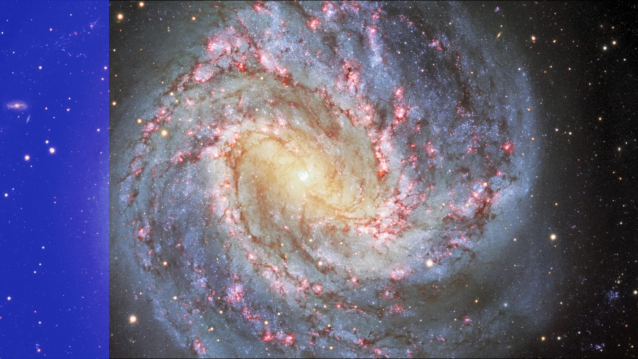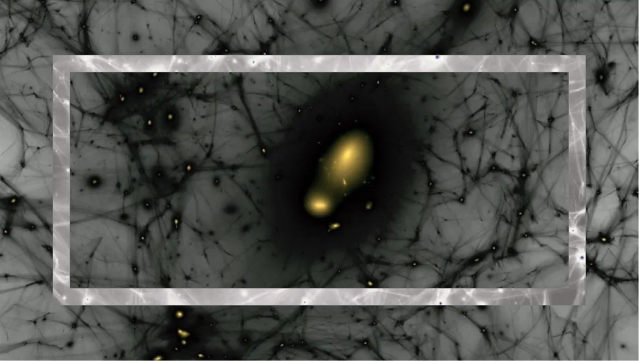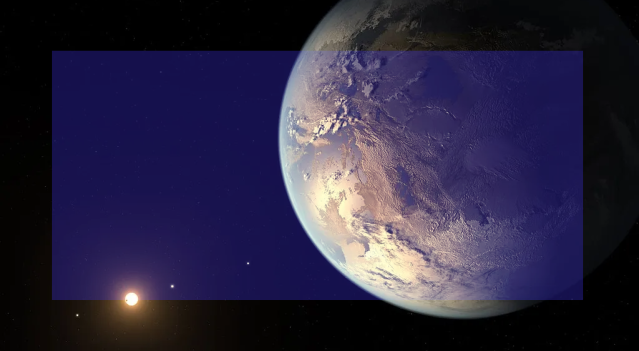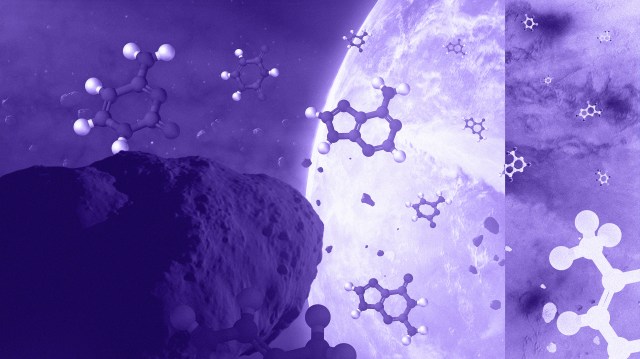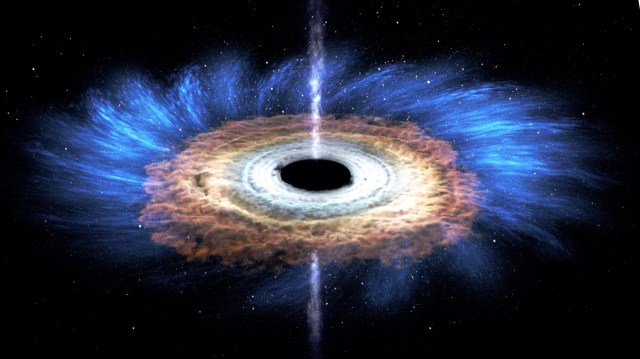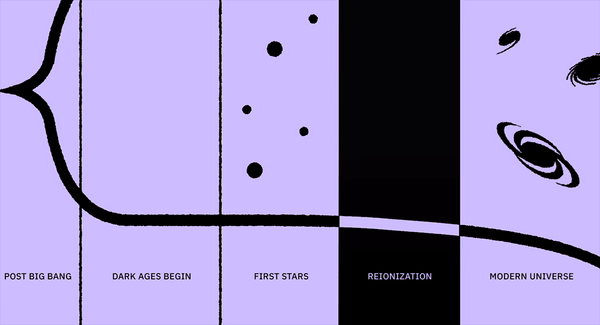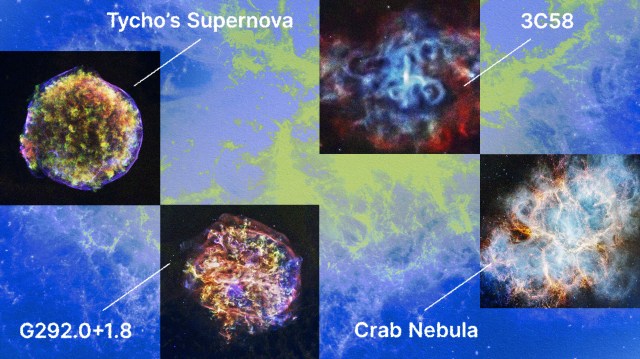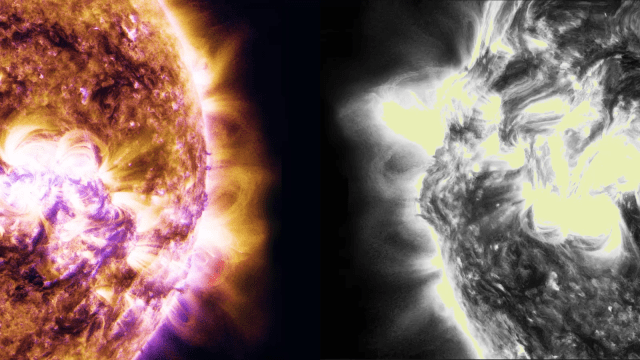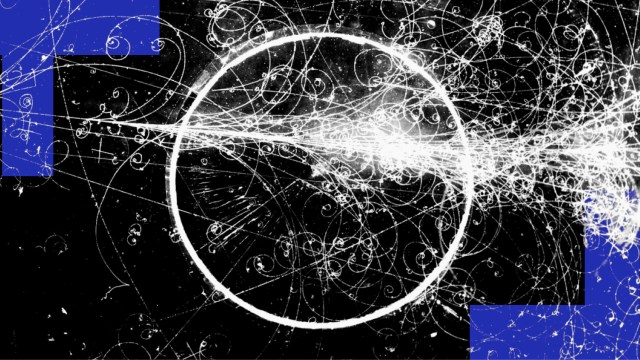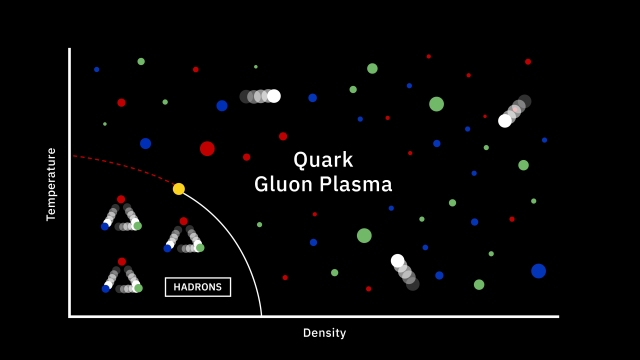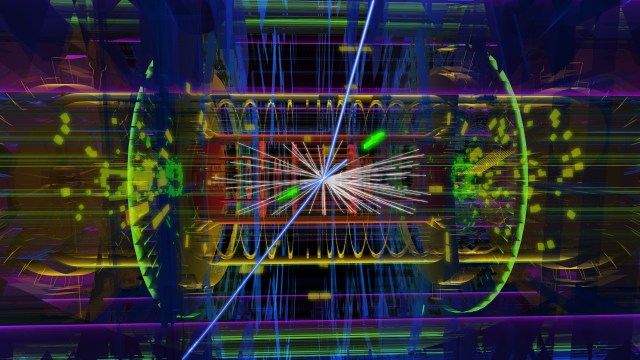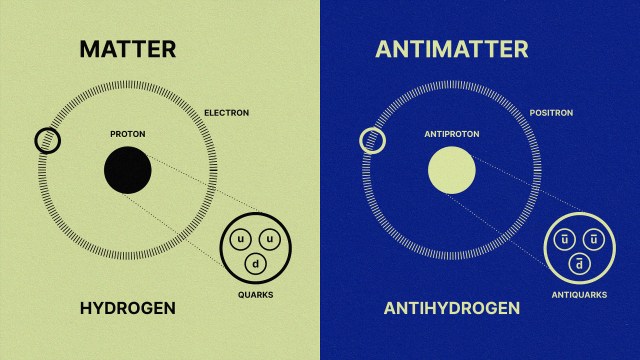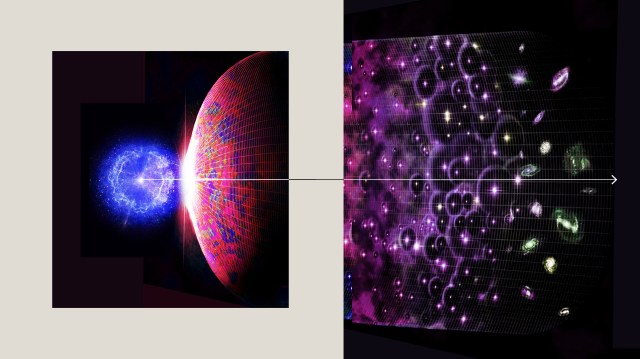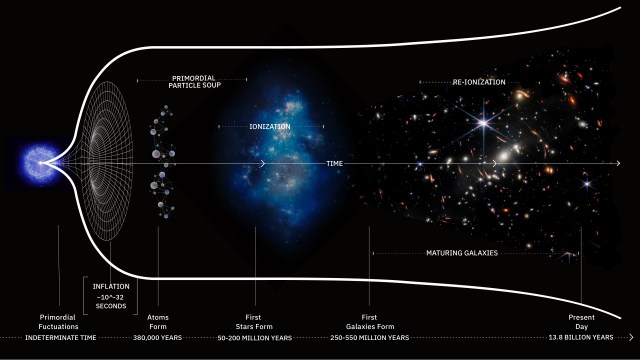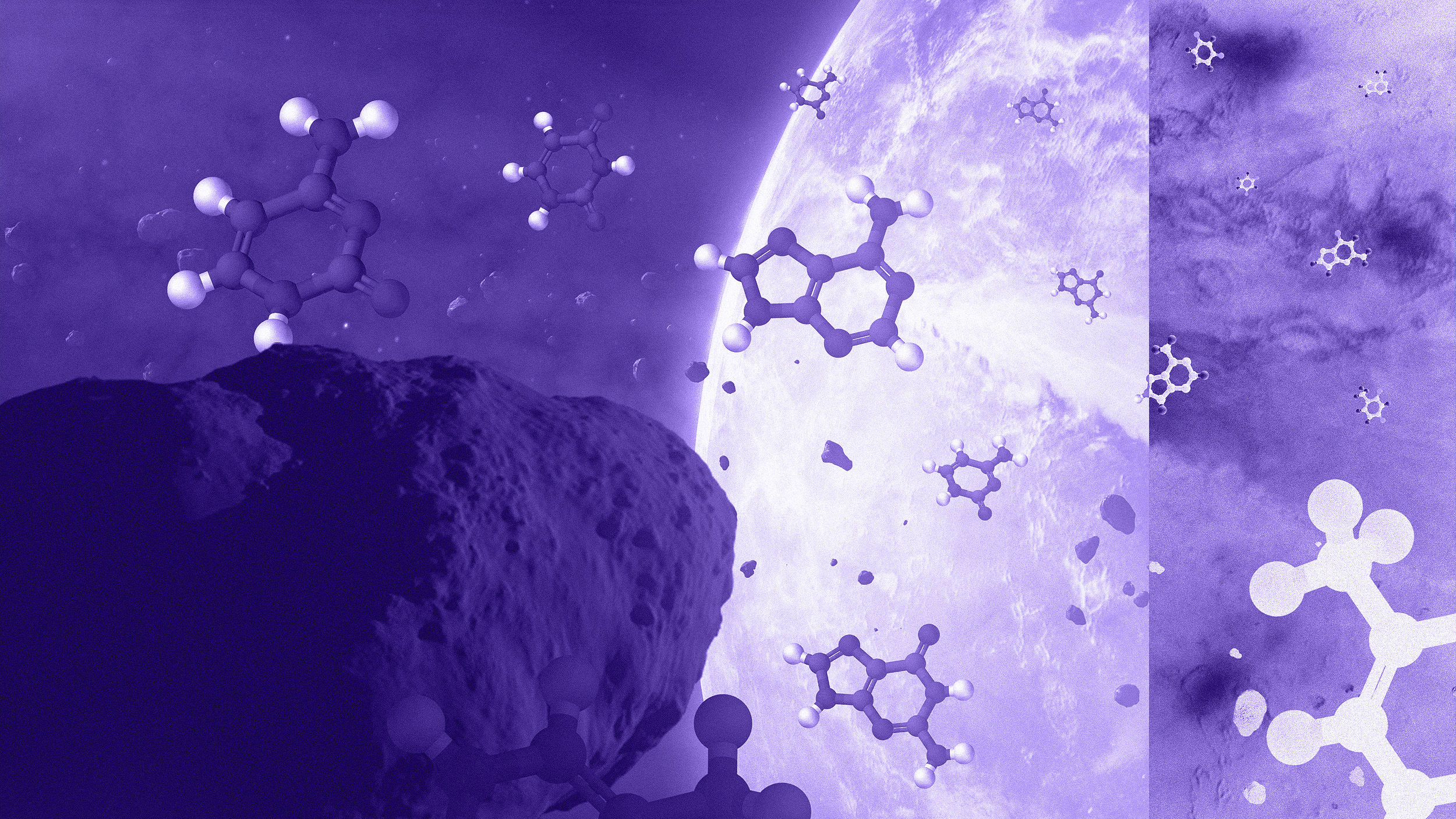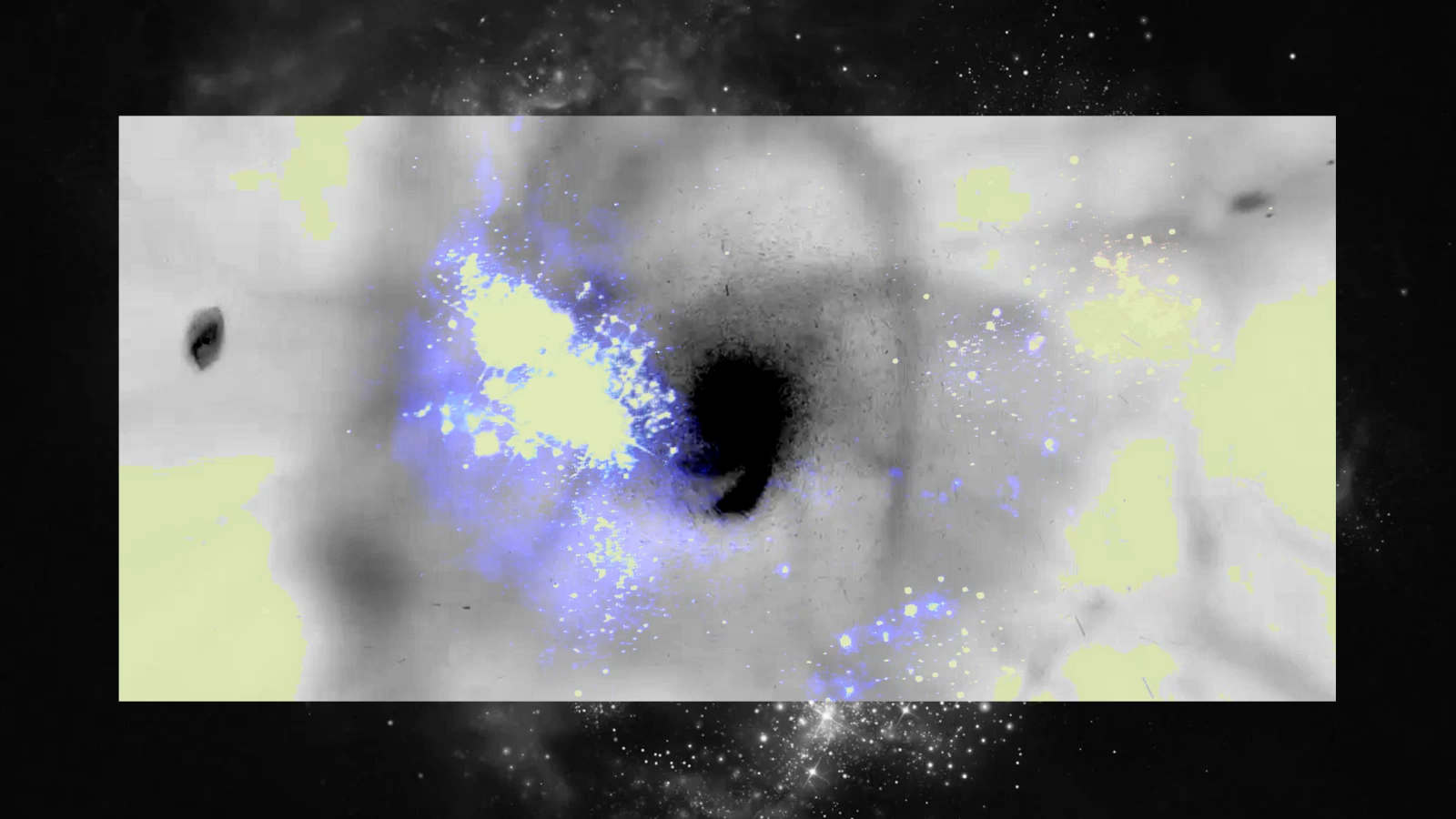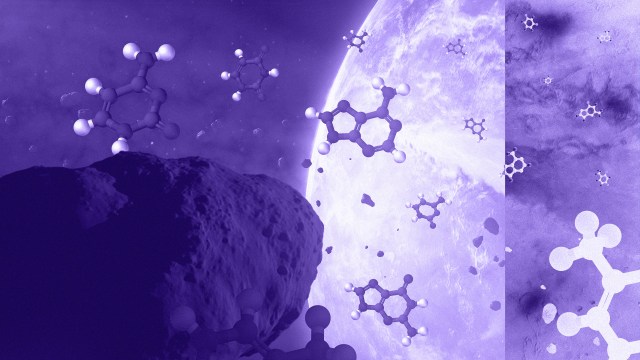What was it like when the Universe formed the most stars?
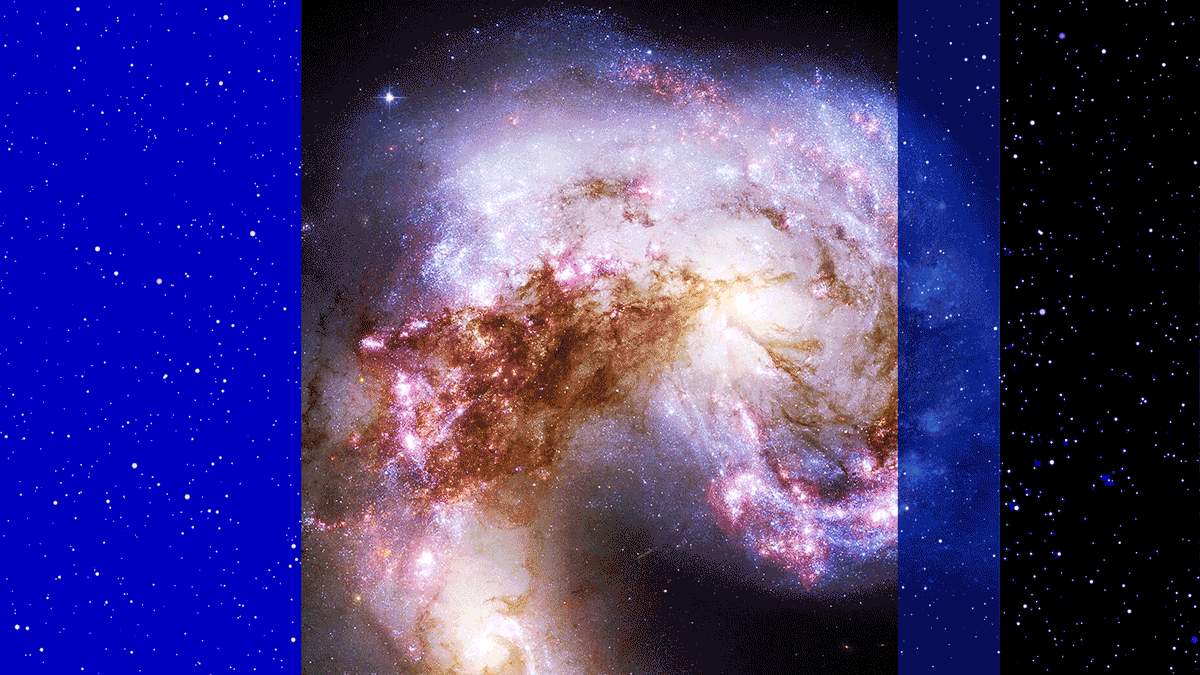
- Although the Universe was born without any stars within it, the collapse of gas clouds caused the star-formation rate to increase during the early part of cosmic history.
- About 3 billion years after the start of the hot Big Bang, the star-formation rate reached its peak, and has been declining ever since.
- Today, the star-formation rate is only 3% of what it was back at its maximum, and continues to drop. Here’s what the Universe was like back in its heyday.
If you dare to look out at the wide variety of galaxies found across the Universe, you’ll see that they tell a vastly different set of stories from one another. The largest, most massive variety of galaxies are the giant ellipticals, many of which haven’t formed any new stars over the latter half of our entire cosmic history. The next largest are spiral galaxies are like our own Milky Way, with a small number of regions forming new stars, but where the overall galaxy is largely quiet. And quite a few galaxies, particularly the smaller ones, are irregular: undergoing rapid, intense periods of star-formation. These include, among them, the interacting spiral galaxies, littered with millions of new stars along their dense spiral arms, as well as irregular starburst galaxies, where the entire galaxy transforms into a star-forming region.
Although all of these galaxy types are common today, the overall star-formation rate we see, at present, is the lowest it’s been in cosmic history for more than 13 billion years. Not since the extreme early stages of the Universe have we formed stars at such a low rate. The majority of stars formed in the Universe formed only in the first few billion years, with the star-formation rate having plummeted ever since. Here’s the cosmic story behind the cosmic formation of stars, and why our star-forming heyday is well in the distant past.

Back at the very beginning, there were no stars, just the raw ingredients that make them: the subatomic particles that will wind up forming together to make atoms, clouds of gas, and eventually, stars and stellar systems. In the early days of the Universe, the matter density was far greater than it is today. There’s a very simple reason for this: there’s a fixed amount of material in the observable Universe, but the fabric of space itself is expanding over time. So you’d expect, when the Universe was younger, because the matter was denser, that there would have been more star formation back then, since more matter would be closer together to clump and form stars.
But there’s another effect that works against that. You have to remember that also, back in the early days, the Universe was more uniform than it is today. At the moment of the hot Big Bang, the densest regions of all were only about 0.01% denser than a typical, average-density region, and so it takes a long time for those overdense regions to grow and collect enough matter to form stars, galaxies, and even larger structures. Early on, you have factors working both for you and against you: the denser Universe makes star-formation easier, but the small nature of the overdensities means they require time to sufficiently gravitate and collapse.
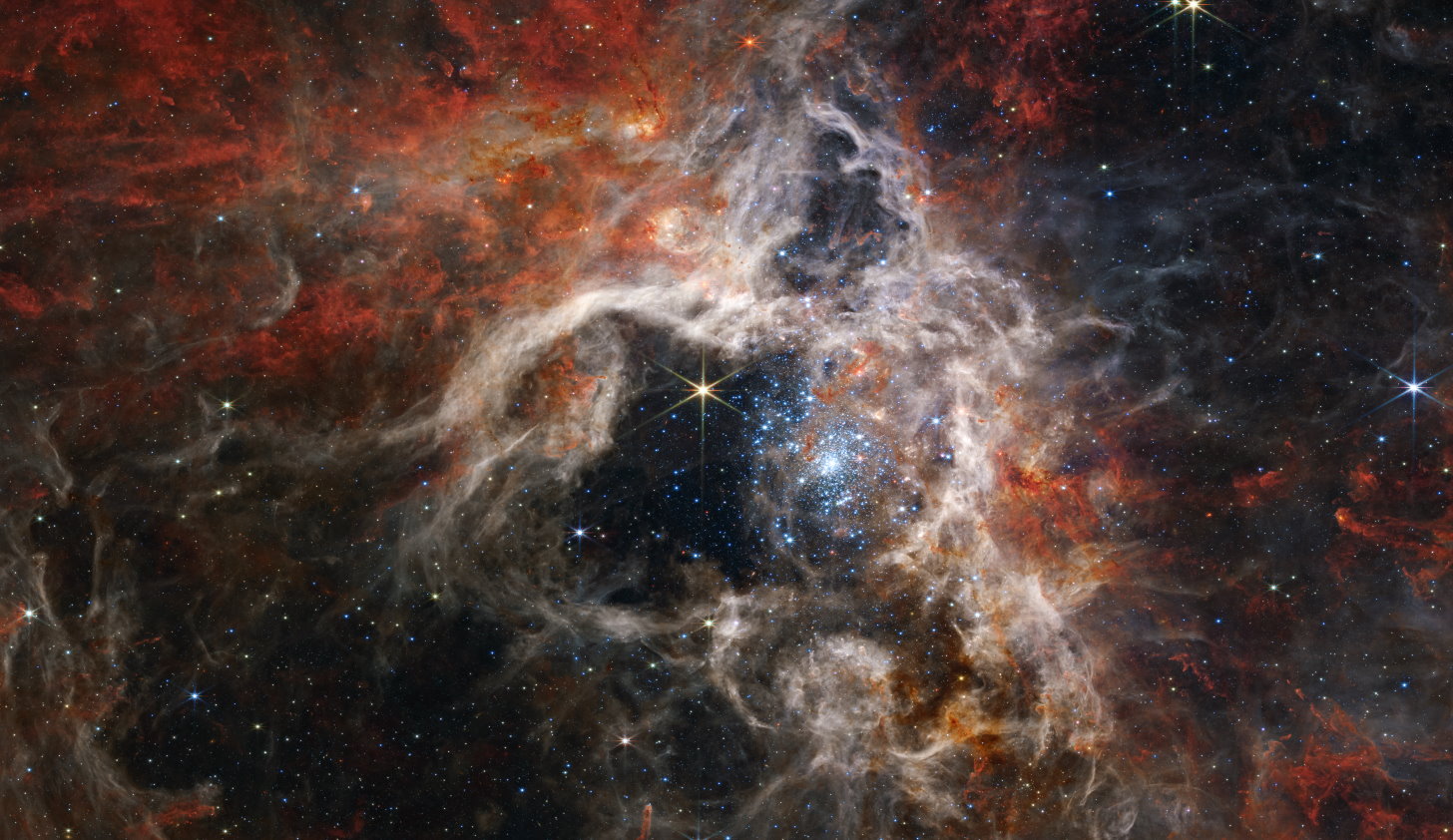
The way you form stars is pretty straightforward: get a large amount of mass together in the same spot, let it cool and collapse, and you get a new star-forming region. Often, a large, external trigger, like tidal forces from a large, nearby mass or rapidly-ejected material from a supernova or gamma-ray burst, can cause this type of collapse and new star-formation as well.
Both phenomena are easily visible just in the nearby Universe, including the Tarantula Nebula in the Large Magellanic Cloud, which is a collapsing cloud of gas with recent supernovae inside that trigger the collapse of different parts of the cloud, and in Messier 82 (the Cigar galaxy), which is being transformed into a galaxy-wide starbursting region under the severe gravitational influence of its larger neighbor, Messier 81.
However, neither of these phenomena form the greatest numbers of stars. Instead, the greatest trigger of all for star-formation is during what astronomers call a major merger. When two comparably-massed galaxies collide and merge together, a huge wave of star-formation can envelop the entire galaxy, causing what we call a starburst. These are the largest instances of star-formation in the Universe, and some of them are occurring even today.

But that absolutely does not mean that star-formation has continued to occur at the same rates, or even at nearly the same rates, all throughout the Universe’s history. Most of the major mergers that will ever occur are already far in the rear-view mirror of the Universe’s history. The expansion of the Universe is a relentless phenomenon, just like gravitation. The problem is that there’s a competition going on between cosmic expansion and the attractive force of gravitation, and believe it or not, gravitation lost a long time ago.
If the Universe were made 100% of matter, and the initial expansion rate and the matter density balanced one another perfectly, we’d live in a Universe that would always have major mergers in its future. There would be no limit to the size of the large-scale structure that formed:
- star clusters would merge into proto-galaxies,
- proto-galaxies would merge into young, small galaxies,
- those galaxies would merge into the large spirals we have today,
- spirals would merge together to form giant ellipticals,
- spirals and ellipticals would fall into clusters,
- clusters would collide and form superclusters,
- and superclusters themselves would form together, leading to megaclusters,
and so on. As time continued to pass, there would be no limit to the scale at which the cosmic web grew and grew. We would live in a Universe that exhibited what we know as “self-similarity,” where, like a fractal, as we go to larger and larger distance scales, we just continue to repeat similar structures on and on, ad infinitum.

Unfortunately, for everyone who’s a fan of all the new stars that could yet be formed, that scenario doesn’t describe our Universe. Our Universe has far less matter than needed for that to occur, and most of the matter we do have isn’t star-forming material at all, but rather some form of dark matter. In addition, most of the Universe’s energy isn’t matter at all, but rather comes in the form of dark energy, which only serves to drive the unbound cosmic structures on the largest scales of all farther and farther apart.
As a result, we don’t get any large-scale structures that are bound beyond the scales of galaxy clusters. Sure, some galaxy clusters will merge together, but there’s no such thing as a supercluster; those apparent structures are mere phantasms, to be inevitably destroyed as the Universe continues to expand. The new stars that our Universe will form will come from:
- major mergers from already-bound structures that haven’t yet smashed together,
- the steady, quiescent star-formation ongoing within spiral arms, dusty disks, and from the infall of molecular gas,
- and from the recycled, gas-rich reservoirs of material that are kept within galaxies, even as episodes of star-formation heat and energize them.
If we can model how, when, and how much these various physical phenomena contribute to star-formation, we can then model the star-forming history of our Universe, from inception to the present and even beyond.
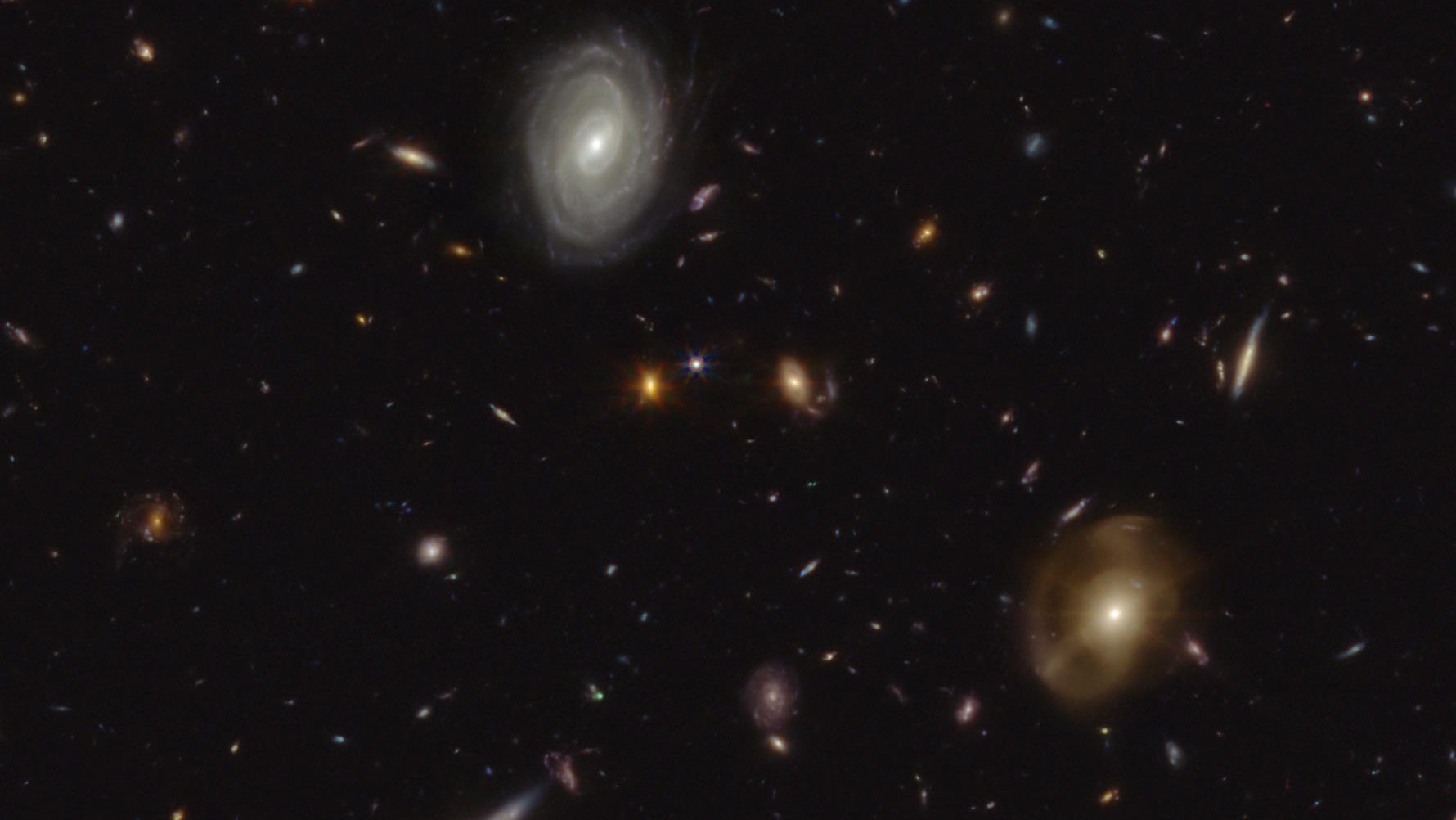
Assuming that we understand our Universe, we can then ask what our star-formation history looks like. What we find is that the first stars should form early: after perhaps only 50-100 million years, when the small-scale molecular clouds can accrue enough matter to collapse. By the time the Universe is around 200-250 million years old, the first star clusters have merged together, triggering new, larger waves of star-formation and forming the earliest galaxies. By the time the Universe is 400-500 million years old, the largest galaxies have already grown to a few billion solar masses: around 1% the mass of the modern Milky Way.
A little bit later than this, the first galaxy clusters start to form after only a few more hundreds of millions of years. As they do, comparably-sized large galaxies begin to influence one another. It’s at this point that major mergers become common, and the cosmic web starts to get more and more dense. All of these features cause the star-formation rate to grow and grow as time goes on, at an ever-increasing rate. For the first 2-to-3 billion years of the Universe, the star formation rate only continues to rise. But then, it’s like something prevents it from rising farther. After about 3 billion years of age, the star-formation rate then stays stead, and slowly thereafter, begins to drop.
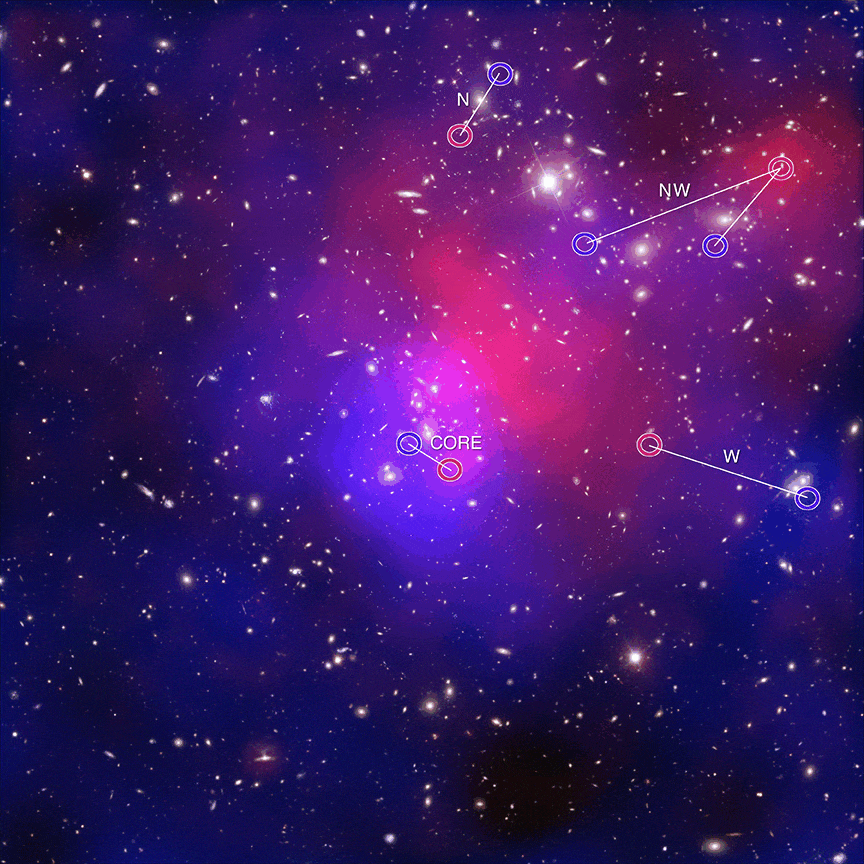
Even though the star-formation rate remains relatively high, staying at about 80% of its maximum value until the Universe is around 5-to-6 billion years old, the decline from its peak around 3 billion years after the Big Bang is noticeable. It’s enough to make one wonder what the dominant factor at play is: why is the star-formation rate steadily decreasing over time?
It turns out it isn’t just due to one dominant factor, but a number of them, all working in tandem. Stars form out of (mostly) hydrogen and helium gas, which collapse and ignite nuclear fusion. This fusion increases the internal pressure within molecular clouds, working to expel much of the potentially star-forming material. As galaxies clump together to form groups and clusters, the gravitational potential gets greater, but the intergalactic medium also gathers more material inside it.
This means, as galaxies speed through denser regions of space (i.e., as galaxies fall into rich clusters), much of this potentially star-forming material gets stripped away, where it winds up in the intracluster medium, or the space between galaxies, stripped out of their host galaxies, where they would have formed many new subsequent generations of stars had they remained.

Additionally, more and more of the material found in these galaxies becomes more heavily processed as time goes on: enriched with heavier and heavier elements. In a recent study by UC Riverside scientists, they found that forming stars today is not the same as forming stars was yesterday. In fact, the older (and more modern) a star-forming galaxy is, the longer the amount of time it takes for them to undergo and complete their star-forming periods.
Using some of their own newly discovered SpARCS (Spitzer Adaptation of the Red-sequence Cluster Survey) clusters, discovered over an area spanning more than 40 square degrees across the sky, the new UCR-led study discovered that it takes a galaxy longer to stop forming stars as the universe gets older:
- only 1.1 billion years when the Universe was young (4 billion years old),
- 1.3 billion years when the Universe was middle-aged (6 billion years old),
- and 5 billion years in the present-day (13.8 billion year old) Universe.
In other words, new stars form at a faster rate early on, and at a slower rate today. Add in dark energy, which restricts additional structure from forming, and you’ve got a recipe for a very quiet Universe.
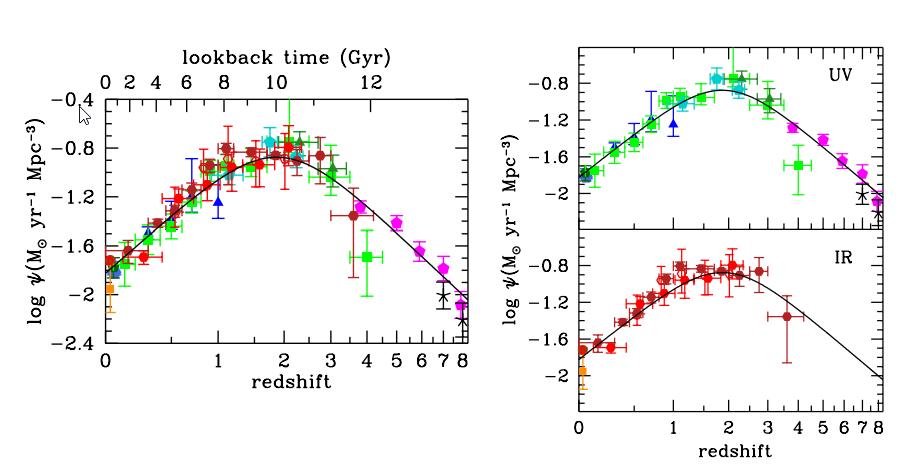
When we put it all together, we actually come up with a fascinating quantitative answer for the star-formation history of our Universe. We can state that, overall, a total of 2.21 sextillion (or 2.21 × 1021) stars have formed over the history of our Universe, at least, within the part presently observable to us. And of course, that number is for today: 13.8 billion years after the Big Bang. But those stars didn’t form uniformly throughout cosmic time. If you instead looked at the Universe when it was younger, you’d find that we had:
- 98% of the current number of stars had formed by the time we were 12.9 billion years old,
- 75% by the time we were 7.3 billion years old,
- 50% by the time we were 4.9 billion years old,
- 25% by the time we were 3.3 billion years old,
- 10% by the time we were 2.2 billion years old,
- 5% at 1.7 billion years,
- 1% at 1.0 billion years,
- 0.1% at about 500 million years,
- and only 0.01% at about ~200 million years.
Today, the star-formation rate is a shadow of what it once was. According to the most comprehensive studies ever undertaken, the star-formation rate has declined by a whopping 97% since it reached its maximum, 10-to-11 billion years ago.

What’s fascinating about our star-formation history is that the greatest uncertainties about it are found at the earliest times: within the first 1.0 billion years. But only around ~1% of all stars formed within that first 1.0 billion year epoch of our cosmic past, meaning that our uncertainty in the total number of stars that have ever formed is actually very small. The greatest numbers of stars formed when the Universe was about 1.5-to-8 billion years old, and while the star-formation rate has been declining for more than 10 billion years, it’s really only over the most recent ~5 billion years that the decline has accelerated so severely. It’s possible, in fact, that more than 95% of the total stars that will ever form have already been created.
As long as there is gas remaining in the Universe and gravitation is still a thing, there will be opportunities to form new stars. When you take a cloud of gas and allow it to collapse, only about 10% of that material winds up in stars; the remainder goes back into the interstellar medium where it will get another chance in the distant future. Although the star-formation rate has plummeted since the Universe’s early days, it’s not expected to drop off to zero until the Universe is many thousands of times its present age. We will continue to form new stars for trillions upon trillions of years. But even with all that said, new stars are much more of a rarity now than they have been at any point in our past since the Universe was in its infancy. With ever-increasing sets of data from JWST, ALMA, and other far-reaching telescopes, the last uncertainties are finally being pinned down in the cosmic story of stars.
